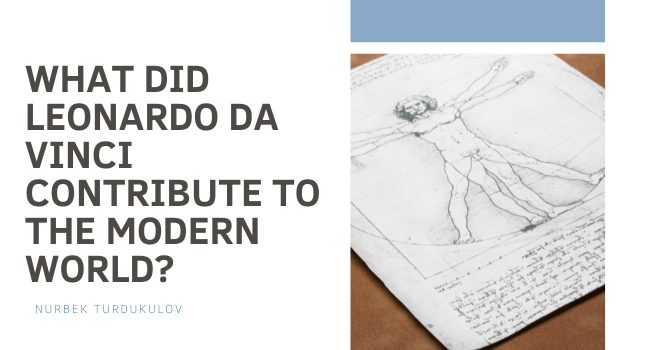Perhaps once every 1,000 years or so, a man is born who is so remarkable that even the word “genius” cannot fully describe his capabilities.
One such man was Leonardo da Vinci, born in Florence, Italy, in 1452.
The painter of The Last Supper and the Mona Lisa, da Vinci’s talent as an artist alone would have made him one of the most significant figures in history. But his interests, talents, and extraordinary abilities ranged across just about every area of science and art.
Even though he died some 500 years ago, da Vinci’s contribution to our modern world still resonates today. One of his most important areas of lasting was his study of human anatomy.
Anatomy
Today, medical researchers say that da Vinci’s detailed drawings of human anatomy and his insights into what was happening inside the human body were hundreds of years ahead of his times. There can be little doubt that his work advanced the study of medicine and surgery in a truly valuable way.
Inventions
The detailed drawings and blueprints created by Leonardo de Vinci of numerous items, from a schematic for an airplane to a diagram of a revolving bridge, prove that he had a mind and vision of uncanny capabilities.
Some of his designs include:
-
-
- A multi-barreled cannon (the first machine gun)
- A helicopter
- Underwater breathing/diving equipment
- A self-propelled cart (a car)
- A parachute
- Giant crossbow
- Clock
- Anemometer (a device that measures wind speed)
-
Yes, many point out that almost none of the inventions designed by da Vinci were built and did not provide anything of practical value during his day. However, that was not the fault of the Italian genius because the technologies of the 15 Century could not produce the proper materials required to make his inventions work.
Take his design for an airplane, for example. Mankind had to wait until the early 20th Century to take advantage of materials that were both light enough while also possessing enough tensile strength to build a proper airplane that could fly.
But the larger significance the work of da Vinci held for the future – and our present-day – was that he could produce the first rough drafts of real things that could work. In a real sense, da Vinci showed us what we could accomplish when we became ready.

